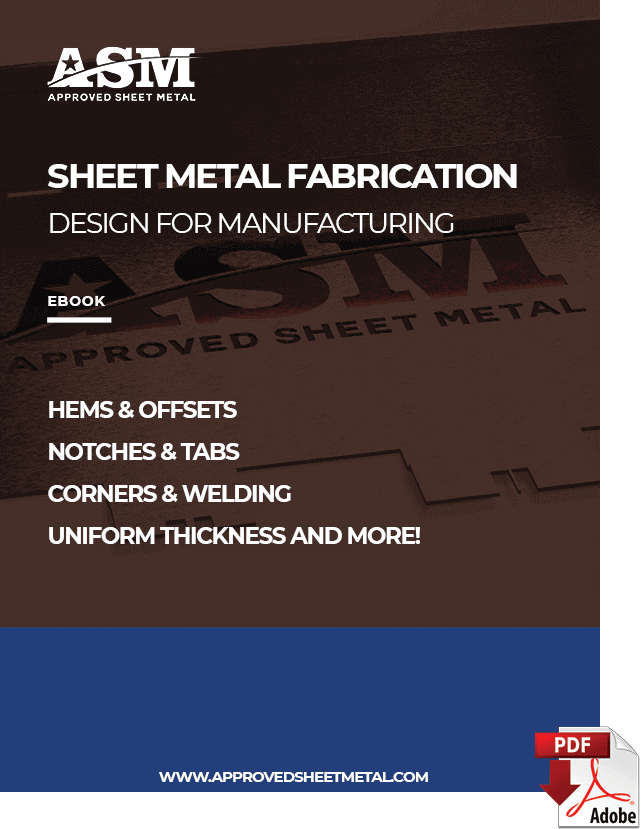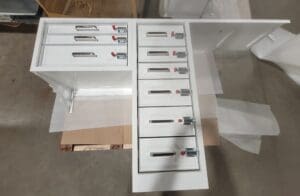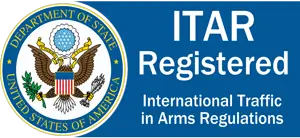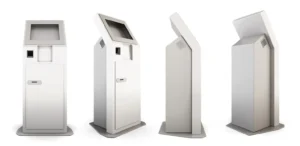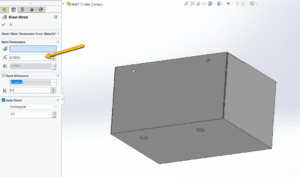Last updated on June 27th, 2024 at 09:13 am
At Approved Sheet Metal, we're dedicated to getting parts quoted, fabricated, and delivered faster than anyone. We also want to help our customers reduce costs as much as possible.
In precision sheet metal fabrication, four main factors can impact the cost of parts. Let’s take a closer look at each one.
Table of Contents
- 1 4 Factors That Influence the Cost of Precision Sheet Metal Parts
- 2 Sheet Metal Design for Manufacturing
- 3 Custom Sheet Metal Cost-Saving Considerations FAQ
- 3.0.1 How can I optimize my design to minimize welding-related costs in precision sheet metal fabrication?
- 3.0.2 What are the benefits of choosing powder coating over wet paint for my sheet metal project?
- 3.0.3 How does the current global supply chain impact the sourcing and pricing of special materials for sheet metal fabrication?
- 3.0.4 What considerations should I keep in mind when incorporating special features like custom louvers or blind counterbores into my sheet metal design?
- 3.0.5 Are there technological advancements that have positively impacted sheet metal fabrication costs?
4 Factors That Influence the Cost of Precision Sheet Metal Parts
1. Welding
The most significant factor affecting cost is welding. While the act of welding itself isn't expensive, you may see increased costs resulting from: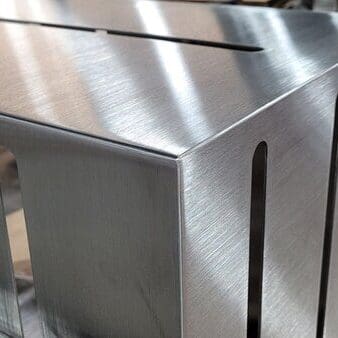
- Model preparation. A proper model rendered in CAD is critical to making successful weldments. Often, customers won't know to indicate welding details such as notching and tabbing on slots or corners to be welded closed. Our team can absolutely address these details and make design adjustments as needed, but these additional steps can add time and money to a project.
- Labor. Welding isn't something we can automate or scale to drive costs down—we rely on highly skilled individuals to weld parts perfectly. Our expert welders can weld 3” per minute, so they work quickly, but we need to pay them for their time.
- Quality checks. Welding can cause heat distortion, and we have stringent quality control measures to ensure parts aren't distorted during the welding process.
- Finishing operations. Weldments have different finish classifications: classes A, B, and C. A Class A finish is the most expensive, requiring additional grinding and polishing to create a seamless appearance, whereas a Class C finish is "as welded" and won't drive up the part's cost.
2. Wet paint
Applying wet paint to a custom sheet metal fabrication requires significant effort and can result in increased costs.
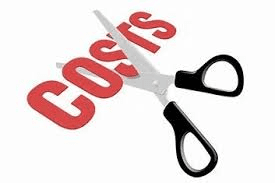
During preparation, the parts must be cleaned exceptionally well for the paint to adhere permanently. The application process itself requires a higher skill level than other finishes.
We frequently encourage our customers to choose powder coating over wet paint. Paint and powder coating materials come in a wide variety of colors and are similar in price, but powder coating is generally much easier to apply.
Another downside of wet paint? It can drastically impact lead times! Wet paint is specially ordered and can take weeks to arrive at the shop. Then, once applied, we have to wait for it to dry.
Many customers happily switch from wet paint to powder coating when we explain the cost- and time-saving benefits of the latter option.
3. Special-order materials
Because the global supply chain is experiencing such significant challenges, special materials are hard to source and even more expensive than usual. We recommend using the materials we have in stock to avoid high prices and extra shipping costs.
If a project is small in size or scope, another bonus of using in-stock materials is that we don't have to order a full metal sheet to get the few inches of material required for the job. In most cases, we can take what we need from our inventory and get to work immediately.
4. Custom tooling for special features
Special features like custom louvers and blind counterbores often require custom tooling, which directly impacts the cost of a part:
- Custom louvers. While we stock plenty of tooling to make standard-size louvers, custom specifications can only be achieved with special tooling, which often adds a few thousand dollars to the project quote. For sheet metal prototypes especially, it makes the most sense to design louvers that our standard tooling can accommodate.
- Blind counterbores. These features also require custom tooling that can contribute to the cost of a project. While the additional cost is often minimal, it’s still worth considering—as are the long lead times associated with ordering custom tooling.
Now, there are some factors that customers assume add cost but actually don't! For example, new technology has rendered bump-forming much more accessible than it once was. Thanks to enhanced technology, we can make parts with large radii measuring 2"-4" without increasing cost.
As your partner in rapid precision sheet metal fabrication, Approved Sheet Metal can help you design parts that can be manufactured quickly and cost-effectively. Ready to get started? Request a quote today.
Custom Sheet Metal Cost-Saving Considerations FAQ
Ensure your CAD model includes welding details like notching and tabbing on slots or corners to be welded closed. Addressing these details at the design stage helps streamline the welding process, minimizing additional time and costs.
Powder coating offers similar pricing to wet paint but is easier to apply, reducing labor costs. Additionally, it comes in various colors and significantly reduces lead times compared to the waiting period associated with wet paint.
The challenges in the global supply chain have made sourcing special materials difficult and more expensive. To mitigate these issues, we recommend utilizing in-stock materials to avoid high prices and extra shipping costs.
Custom features often require specialized tooling, impacting project costs and lead times. For instance, designing louvers that fit standard tooling can significantly reduce additional expenses, especially for prototypes.
Yes, technological advancements, such as improved bump-forming capabilities, have enabled the creation of parts with larger radii (2"-4") without increasing costs. These advancements optimize manufacturing processes and reduce expenses associated with certain fabrication methods.

